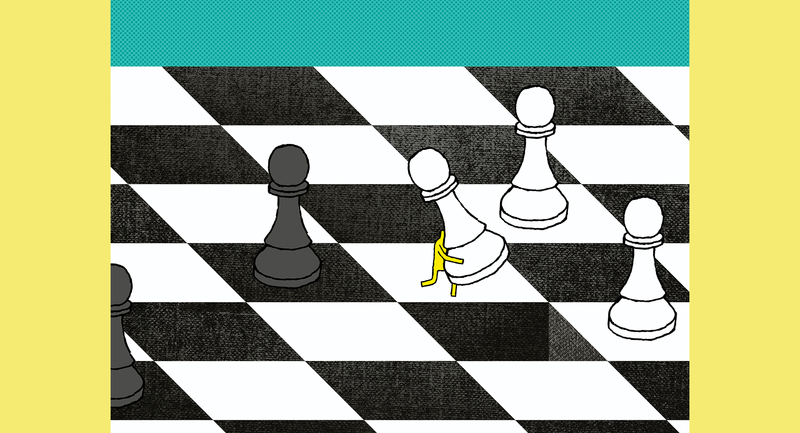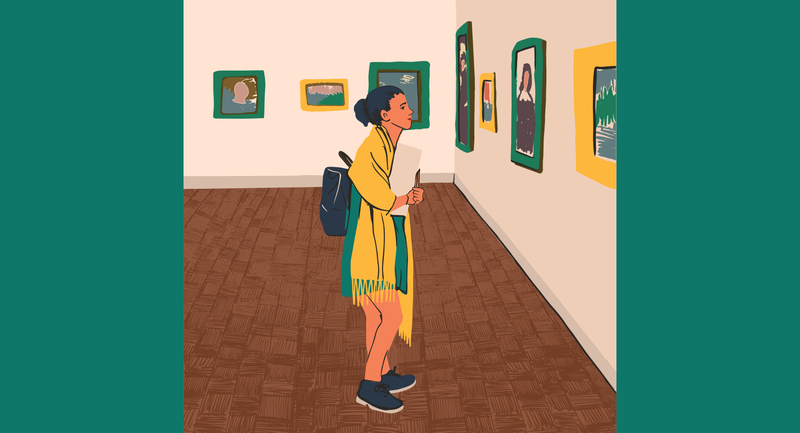Brain research is beginning to create a foundation that educators can build on, said author and consultant Pat Wolfe of Mind Matters Inc. at her Special Feature. Thanks to new imaging techniques, researchers no longer have to rely on autopsy to learn about the brain, she noted. PET scans, for example, allow researchers to see patterns in the brain's use of glucose when it performs various functions. "Brain imaging is beginning to pry open the mysterious black box called the brain," Wolfe said.
Nevertheless, brain research has yet to yield much knowledge that teachers can use to help students learn better. "There are [only] three specific neuroscience studies that have been conducted that have direct application to the classroom," Wolfe said. She outlined those three studies as follows.
Fast ForWord
Fast ForWord is based on the research of Paula Tallal and Steve Miller of Rutgers University and Michael Merzenich and William Jenkins of the University of California at San Francisco. These researchers discovered that some children's brains don't process phonemes fast enough, which causes the children to have reading difficulties, Wolfe explained.
To help these children, the researchers created a computer game that begins at the rate the children's brains process phonemes and then gradually speeds up. "They've literally changed the speed at which these kids' brains process the phonemes—[bringing them up] to the regular rate," Wolfe said. ] "And if you can do that, the kids are going to be able to read in a more normal manner."
Mozart and Keyboarding
Gordon Shaw's research has been popularized as "The Mozart Effect." In his original study, Shaw divided some college students into three groups, Wolfe explained. "One group listened to a Mozart sonata; another group listened to some minimalist music—Philip Glass; and another group sat in class." Ten minutes later, Shaw gave them a test of spatial-temporal reasoning, which involves moving objects in space.
"The students who listened to the Mozart sonata—all eight of them—did better on the test. This hit the newspapers in headlines: ‘Listening to Mozart Makes You Smarter.' You know how long the effects lasted? Ten minutes."
Gordon Shaw continued his research, Wolfe said, and he discovered that students who were given piano keyboarding lessons (and played a computer game) outperformed students who were given an English lesson (and played the same computer game) on tests of spatial-temporal reasoning. By teaching children keyboarding, Shaw "has 2nd graders outperforming 4th graders on spatial-temporal reasoning," Wolfe noted. Someday we might routinely teach all students keyboarding skills, she speculated.
Educators can learn more about Gordon Shaw's research by visiting http://mindinstitute.ucdmc.ucdavis.edu or by reading the book Keeping Mozart in Mind, Wolfe said. "Incidentally, Gordon Shaw is not a neuroscientist; he's a physicist," she added.
Shaywitz, Shaywitz, and Pugh
The third study has not been released in its entirety, Wolfe cautioned. "It's work being done by the Hoskins Laboratory. Sally and Bennett Shaywitz, along with Kenneth Pugh, are doing imaging studies on brains of persons with dyslexia, and they feel they will soon have classroom applications of their research." One interesting finding, she noted, is that dyslexics use a different part of their brain when reading than most people do.
Of all the highly touted brain research, only these three studies have yielded findings that are of direct, practical use to educators, Wolfe emphasized. "This is some very specific research—and not much of it—where neuroscientists say, ‘We have something that will actually help you in the classroom.' This transfers."
General Findings
Some general findings about the brain may also have application to the classroom, Wolfe said. "But let me tell you who's going to have to research these: you. You are in the real lab, the classroom," she told her audience of educators.
Wolfe offered five general findings:
- "Experience sculpts the brain. You learn much better by doing something than by reading about it. Reading about something doesn't change the brain a lot; doing it changes the brain a great deal."
- "Information is not stored in a single place in the brain. This is very important for educators [to understand]," Wolfe said. "In any experience, all the modalities are involved. When an experience comes into the brain, it is deconstructed"—the visual, aural, and emotional components are stored in different places—but is hooked together by circuit neurons. Therefore, when we recall something, we have to reconstruct it. "The more modalities you use in learning something, the more pathways you have to retrieve it," Wolfe said.
- "Memory is not static, and it decays rapidly. You have a brain that is programmed to forget." The main purpose of the brain is survival, and the brain is designed to forget those things that have nothing to do with survival of the individual and the species. "Most of what we teach in school the brain does not consider to be important to survival," Wolfe noted wryly. "You can delay the decay with elaborative rehearsal strategies, such as telling [the new information] to someone, writing about it, acting it out, explaining it, mapping and webbing it, or putting it into rhyme."
- There are two types of memory: procedural and declarative. Procedural memory does not involve conscious thought—for example, remembering how to drive a car, ride a bike, play the piano, or decode text. Declarative memory is "what you know." Rote rehearsal helps develop procedural memory, but it is not very efficient at strengthening declarative memory. "We need to use appropriate rehearsal strategies for each type of memory," Wolfe said. "The application here is that you should use rote rehearsal for a motor activity that you want to get to the automatic level, but for semantic memory, you need to use more elaborative rehearsal strategies."
- Emotions are a primary catalyst in the learning process. "Emotions stamp the brain with extra vividness," Wolfe said. So if educators can provide "appropriate motivational emotion," students will remember new information longer.
However, "emotion is a two-edged sword," Wolfe cautioned. In a threatening environment, the brain is less capable of rational thought. Therefore, teachers must ensure a physically and psychologically safe environment, as well as provide emotional "hooks."
Some Brainy Advice
In closing, Wolfe offered some advice to educators:
- Become scientifically literate. "Learn the terminology, read analytically, and question everything."
- Don't look at brain research as a panacea. "Marry our behavioral understanding with other disciplines: neuroscience, cognitive psychology, and education research."
- Intensify our collaboration with the researchers. "We need to begin the dialogue."
- "Conduct your own action research."
- "Be cautious about our interpretation of the research."
- "Make certain that brain-compatible instruction is centered around relevant, rigorous curriculum."








